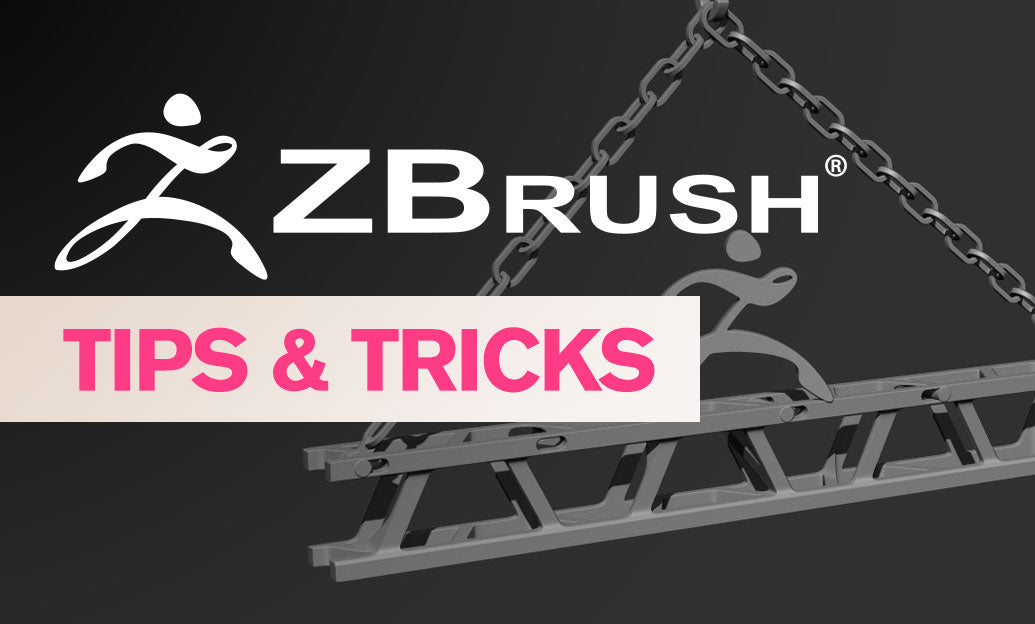Your Cart is Empty
Customer Testimonials
-
"Great customer service. The folks at Novedge were super helpful in navigating a somewhat complicated order including software upgrades and serial numbers in various stages of inactivity. They were friendly and helpful throughout the process.."
Ruben Ruckmark
"Quick & very helpful. We have been using Novedge for years and are very happy with their quick service when we need to make a purchase and excellent support resolving any issues."
Will Woodson
"Scott is the best. He reminds me about subscriptions dates, guides me in the correct direction for updates. He always responds promptly to me. He is literally the reason I continue to work with Novedge and will do so in the future."
Edward Mchugh
"Calvin Lok is “the man”. After my purchase of Sketchup 2021, he called me and provided step-by-step instructions to ease me through difficulties I was having with the setup of my new software."
Mike Borzage
ZBrush Tip: Mastering Material Blending Techniques in ZBrush for Enhanced 3D Sculpture Realism
May 07, 2024 2 min read

Understanding how to effectively blend materials in ZBrush can greatly enhance the realism and appeal of your 3D sculptures. By combining different materials, you can create intricate surface properties that mimic real-life textures. Here are some essential tips for blending materials in ZBrush, which can transform your 3D art.
- Material Blending with Layers: Begin by using layers to blend materials. Assign different materials to separate layers within your tool and adjust their blending modes and opacities for seamless transitions.
- MatCap Baker: Utilize the MatCap Baker plugin to bake material properties into texture maps. This method allows for more advanced blending in external applications or within ZBrush itself.
- Polypaint Techniques: Leverage Polypaint to blend materials. You can paint with material channels active to subtly mix different materials on your model's surface.
- Mix Shader: The Mix Shader within the Material palette allows you to mix two different shaders within a single material. Experiment with the mixing ratio to achieve the desired effect.
- NoiseMaker: Use NoiseMaker to blend materials with noise patterns. By applying noise with a material attribute, you can achieve organic transitions between different materials.
- Spotlight Projection: Spotlight can project both texture and material information onto your model. This is particularly useful for adding material highlights or intricate details that require specific material properties.
- Masking: Mask areas of your model to preserve specific material properties while blending. You can then invert the mask and apply a different material to the unmasked region, allowing for precise control.
- Blend Radius in Brush Settings: Adjust the Blend Radius in your brush settings when painting materials. A higher radius results in a softer transition between materials.
- Reference Real-World Materials: Always refer to real-world examples for material blending. This will help you understand how materials interact with light and shadow, which is crucial when trying to replicate them in ZBrush.
For artists looking to purchase ZBrush or other professional 3D software, NOVEDGE is an excellent resource with a wide range of options available. Remember, an artist's ability to blend materials can make the difference between a good sculpture and a great one. So take your time to master these techniques and incorporate them into your workflow for more lifelike and dynamic renders.
```You can find all the ZBrush products on the NOVEDGE web site at this page.
Also in Design News

Exploring the Revolution: The Impact and Benefits of Open-Source Design Software
May 19, 2024 3 min read
Read More
Top 5 Key Features of ArCADia-SEWAGE INSTALLATIONS for Advanced Wastewater Management
May 19, 2024 2 min read
Read MoreSubscribe
Sign up to get the latest on sales, new releases and more …



